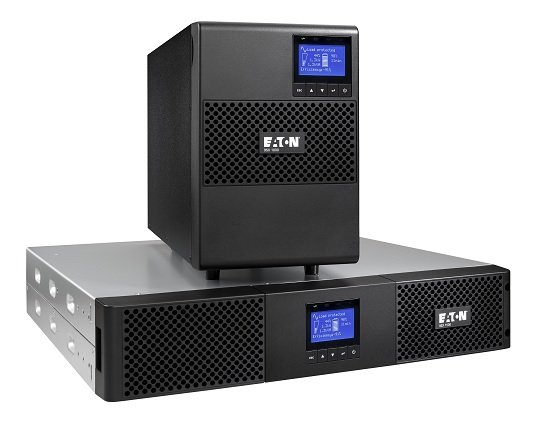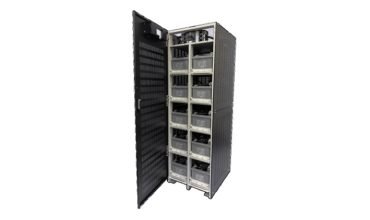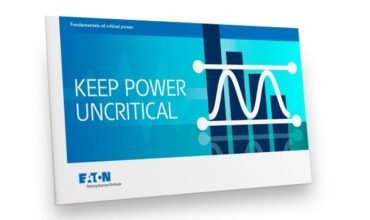Eaton introduced the lower power-rated models of its 9SX UPS markets across EMEA region. The new models extend the existing product portfolio of 5-11kVA UPS models across a larger power range from 700VA to 6kVA and are available in tower and rack formats.
The Eaton 9SX series is the successor to Eaton’s 9130 UPS range, launched in 2008 and known for its strong price and performance ratio. “The 9SX builds on the strengths of the 9130. We’ve taken a very well built, popular product and made it even better by adding new capabilities to support modern IT applications and infrastructure,” said Karim Refas, regional channel manager, Eaton Middle East.
He added, “This is a really important transition for Eaton and our customers, especially as the 9130 is our best-selling online UPS, and now we’re providing an easy upgrade option to the 9SX for our customers as they look to modernise their IT and data centre infrastructure.”
The 9SX range builds on the features found in Eaton’s 9130 product family and adds new capabilities, including, energy metering to track energy consumption, by monitoring kWh values, at the UPS level; improved LCD display with more parameters to give quick and precise UPS status updates; displays information on recommended battery replacement dates; and, automatic Extended Battery Module (EBM) recognition.
 The 9SX has a power factor of 0.9, which means it provides greater real power (watts) to ensure more protection of equipment. It is also designed to be even more reliable, thanks to a robust topology and it uses double conversion technology to constantly monitor power (voltage and frequency) conditions and initiate automatic bypass in the event of an overload or UPS failure.
The 9SX has a power factor of 0.9, which means it provides greater real power (watts) to ensure more protection of equipment. It is also designed to be even more reliable, thanks to a robust topology and it uses double conversion technology to constantly monitor power (voltage and frequency) conditions and initiate automatic bypass in the event of an overload or UPS failure.
When paired with virtualisation-ready Intelligent Power Manager software, monitoring and management of the 9SX can be managed in virtualisation management platforms, such as VMware, vCenter and Microsoft HyperV. This enables IT professionals to easily configure policy-based automation for power events, such as automated disaster recovery policies, controlled shut down, load shedding and cloud orchestrator integration.




